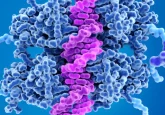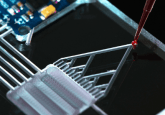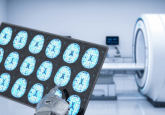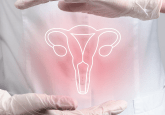Can deep learning revolutionize the world of medical imaging?
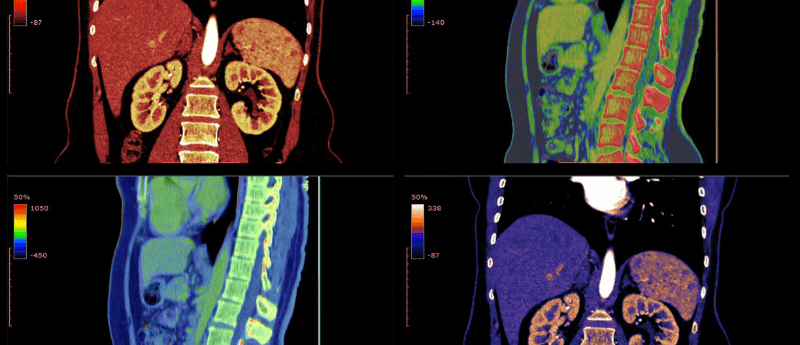
A novel imaging technique, DL-PACT, applies deep learning to traditional PACT to enhance the speed and quality of biological tissue imaging.
In a recent study, a research team from Pohang University of Science and Technology (Pohang, South Korea) applied a deep learning (DL) technique to photoacoustic computed tomography (PACT) to improve imaging quality. The new approach, termed DL-PACT (DL- enhanced multiparametric dynamic volumetric PACT), enabled the PACT system to image entire bodies of small animals faster and at high resolution. This bears significant improvements to traditional PACT.
PACT is a non-invasive and non-radiating biomedical imaging technique that combines ultrasound with optical excitation to visualize biological tissues. PACT uses the photoacoustic effect to generate images of organs and tissues, whereby soundwaves are formed by biological tissues that have absorbed light from a pulsed laser beam. These soundwaves are detected by ultrasound transducers to form a reconstructed three dimensional and cross-sectional image of the tissue.
In recent years, PACT has gained much attention due to its wide pre-clinical and clinical applications. To date, it has been utilized for imaging of human organs and whole bodies of small animals, and its noninvasive and nonionizing properties make it an attractive alternative to other imaging techniques. Unfortunately, PACT’s potential has been limited by low resolution and imaging depth and speed. Although, high spatial and temporal resolution can be achieved with the addition of a multi-channel data acquisition system and multiple ultrasound sensors. This equipment is extremely expensive and, consequently, it remains difficult to obtain both high spatial and temporal resolutions.
Researchers have now devised a solution to these issues. Through DL-PACT, the Pohang University of Science and Technology team were able to simultaneously achieve faster and higher resolution imaging for PACT. While traditional PACT demands an array of ultrasound sensors, DL-PACT was able to utilize a clustered subgroup of ultrasound elements.
The DL network was trained using data from clustered and full view imaging results in order to learn volumetric photoacoustic representations, enabling DL-PACT to generate high-quality structural and dynamic whole body images of small animals in real time. The Pohang University of Science and Technology team were also able to non-invasively monitor dynamic tissue movement at high speed and high resolution in organs, such as the heart and kidney in live animals, and the brain in humans thus overcoming the issue of diffraction-limited resolution in traditional PACT.
This is the first time a study has applied DL to a three-dimensional PACT system, as previous research has only improved resolution and decreased processing time using DL in two-dimensional PACT. It is also the first time that DL has been implemented in pharmacokinetics, the study of how an organism interacts with a drug. DL-PACT was able to dynamically trace intravenously injected indocyanine green dye at high temporal resolution in vivo. These results have huge applications in the field of drug discovery and development.
Overall, this study is extremely encouraging. DL-PACT represents a whole body imaging technique that is relatively fast and cost effective and one that can be applied to humans, despite training the DL network using animal data. This novel PACT technology can produce high resolution and high speed images without the need for supplementary complex and expensive apparatus, giving it the potential to revolutionize the field of medical imaging in areas such as pharmacology, oncology, cardiology and neurology.

